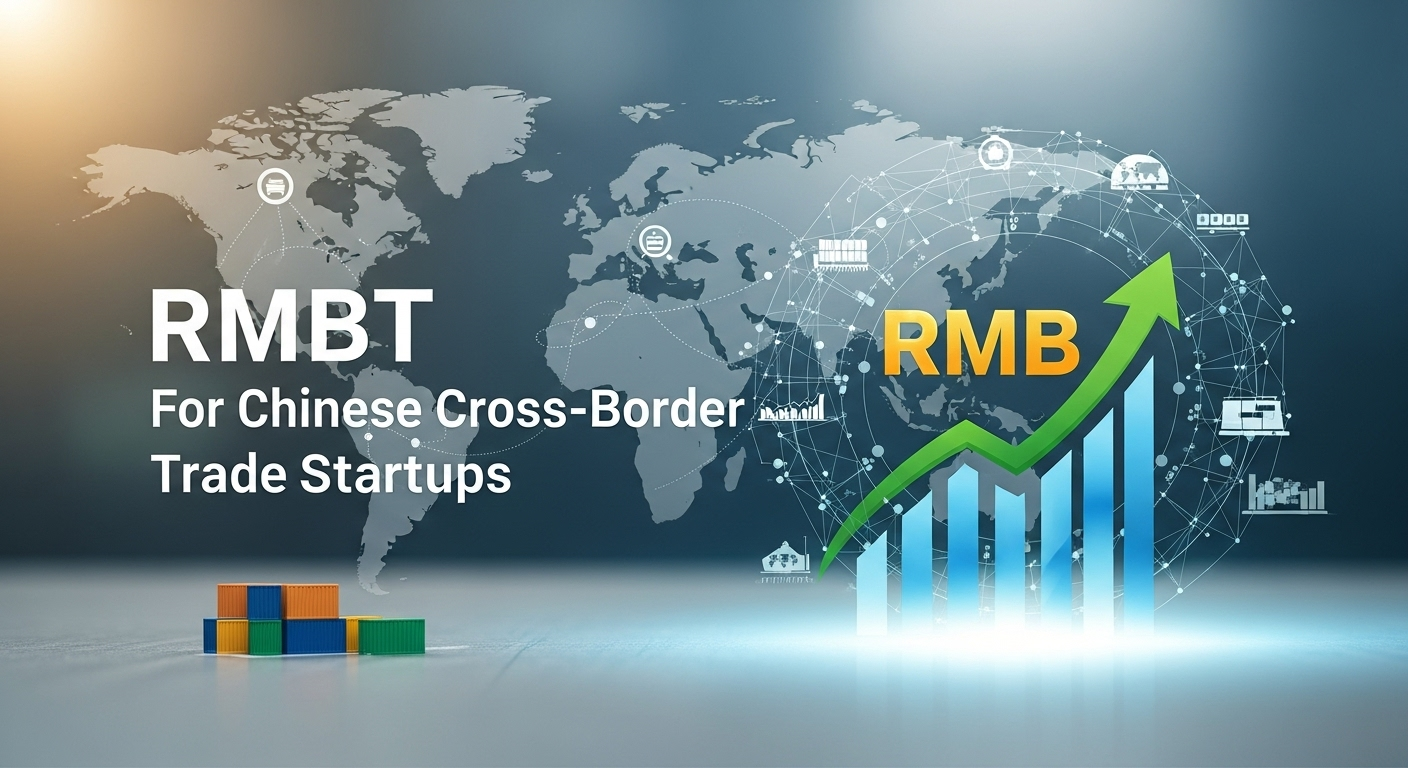Modular Finance and China’s Programmable Money Vision

Introduction
China is exploring modular finance and programmable money as part of its digital currency and fintech strategy. These innovations aim to enhance efficiency, transparency, and flexibility in payments, infrastructure funding, and cross-border transactions. By adopting modular frameworks, Chinese authorities and enterprises can experiment with automation in financial flows, risk management, and investment allocation, providing a blueprint for future economic operations.
Policy Framework and Digital Currency Strategy
China’s central bank continues to pilot its digital yuan, focusing on programmability, conditional payments, and automated settlement for public and private sector projects. Modular finance structures are tested to optimize funding for infrastructure, research, and industrial initiatives.
Government Support
- Legal frameworks encourage experimentation with conditional payments and automated settlement.
- Infrastructure projects leverage programmable finance for transparency and efficiency.
- Cross-border collaborations with regional partners explore scalable digital finance solutions.
Strategic Goals
The aim is to reduce friction in financial transactions, strengthen oversight, and enable faster capital deployment for strategic projects such as AI research, smart city construction, and green energy development.
Policy Analyst
“The modular approach allows for segmented financial flows, which can be allocated automatically based on pre-set conditions. For example, infrastructure funds can release payments to contractors only after completion milestones are verified. This ensures transparency and reduces delays in public and private sector projects.”
Tech Entrepreneur
“From an innovation perspective, programmable money frameworks enable startups to integrate finance directly into their platforms. They can design automated investment and payment protocols, aligning revenue with operational milestones, and allowing rapid scaling across sectors such as AI, logistics, and green technologies.”
Academic Researcher
“The broader economic impact is significant. By combining digital currency with modular finance, governments and firms can conduct real-time analytics, forecast capital needs, and simulate policy interventions. This provides a level of flexibility and insight that traditional banking systems cannot achieve.”
Market Adoption and Enterprise Integration
Enterprises are piloting modular finance frameworks to optimize internal and external payment systems. Supply chain financing, AI-assisted revenue sharing, and automated cross-border settlements are increasingly implemented in manufacturing, fintech, and e-commerce sectors. These pilots demonstrate the practical utility of programmable financial protocols for real-world applications.
Case Examples
- Smart city infrastructure projects using automated milestone payments.
- Logistics networks integrating modular finance to track and pay suppliers automatically.
- Fintech startups using programmable wallets for conditional lending and automated settlements.
Technology Enablement
Cloud computing, blockchain, and AI form the backbone of modular finance platforms. Cloud infrastructure allows scalability, blockchain ensures transparency, and AI facilitates predictive analytics, risk assessment, and automated decision-making.
Global and Regional Implications
China’s modular finance approach provides insights for other economies exploring programmable money. International observers are monitoring pilot projects, particularly in cross-border trade and infrastructure financing. These initiatives demonstrate how digital currency can coexist with traditional banking while introducing automation and programmability into financial systems.
Trade and Investment Effects
- Cross-border projects benefit from faster, conditionally programmed payments.
- Investment risk is mitigated through automated oversight and milestone verification.
- Regional partners adopt compatible digital protocols, improving financial interoperability.
Economic Strategy
The combination of modular finance and digital currency strengthens China’s position in global financial innovation. It enhances capital allocation efficiency, supports strategic industrial sectors, and provides a framework for replicable, automated financial management.
Challenges and Considerations
Despite advantages, challenges exist, including cybersecurity, regulatory compliance, and technological standardization. Ensuring privacy while enabling automated transparency requires robust encryption and governance. Interoperability across jurisdictions also demands international cooperation and agreed-upon standards.
Cybersecurity Measures
- Encryption protocols protect transaction data.
- Multi-level authentication ensures secure access to programmable funds.
- Continuous monitoring and AI-based anomaly detection prevent misuse.
Regulatory Alignment
Frameworks are evolving to ensure compliance with domestic laws while facilitating cross-border adoption. Modular finance pilots include auditing tools and reporting protocols that satisfy both governmental oversight and enterprise needs.
Future Outlook 2030
By 2030, modular finance and programmable money are expected to be widely integrated into both public and private sector financial systems in China. Automation in funding allocation, investment monitoring, and cross-border transactions will enhance economic efficiency. This approach supports AI-driven industrial policies, smart infrastructure projects, and rapid scaling of fintech innovation.
Strategic Benefits
- Increased transparency in public and private spending.
- Enhanced capital efficiency and automated risk management.
- Stronger integration between digital currency, AI, and economic policy.
Adoption Trajectory
Enterprises, startups, and government agencies are expected to adopt modular finance progressively, creating a dynamic ecosystem for digital economic operations. International observers may replicate lessons learned in other emerging markets, expanding the influence of China’s programmable finance models globally.
Conclusion
Modular finance and programmable money represent a transformative approach to digital economic management. Through experimentation by governments, enterprises, and innovators, China is demonstrating how automation, transparency, and conditional financial protocols can reshape capital allocation and investment oversight. Perspectives from policy analysts, tech entrepreneurs, and academics highlight both the practical utility and strategic importance of these frameworks. As adoption grows, modular finance will likely influence infrastructure development, fintech innovation, and cross-border trade, providing a blueprint for modern, automated financial systems.






